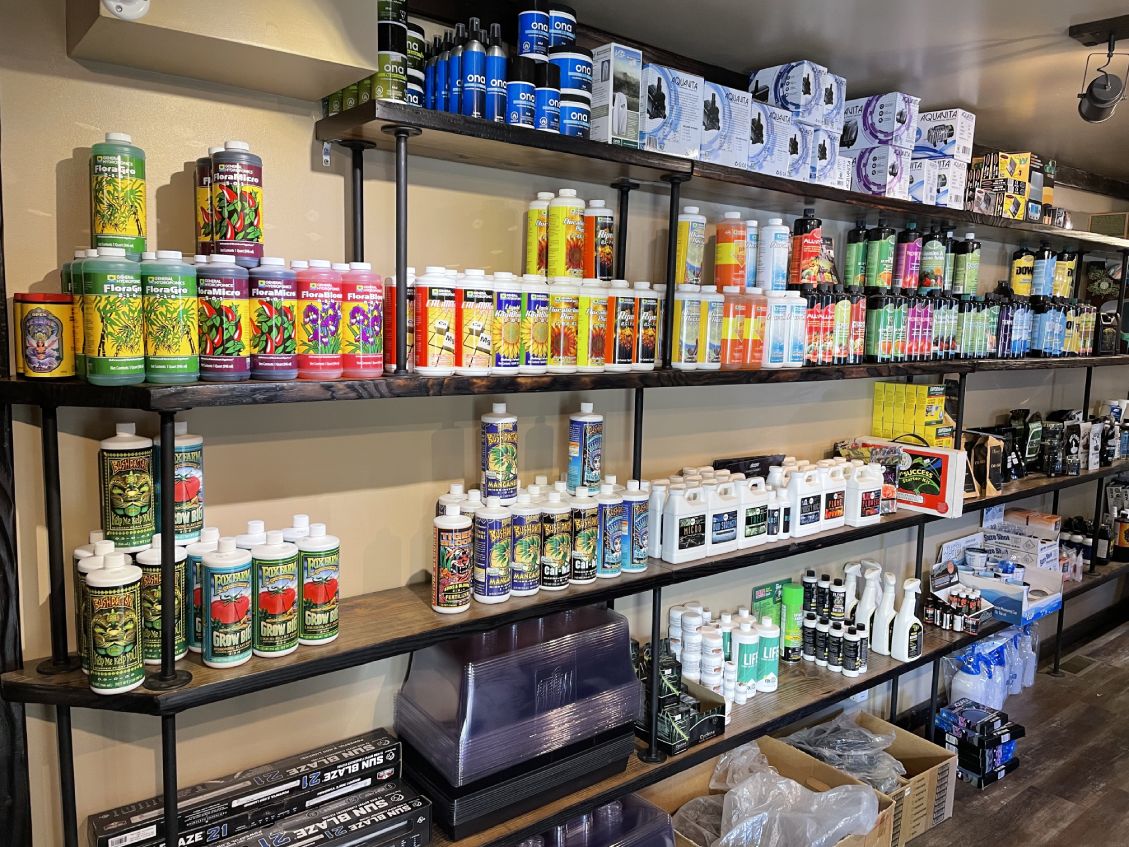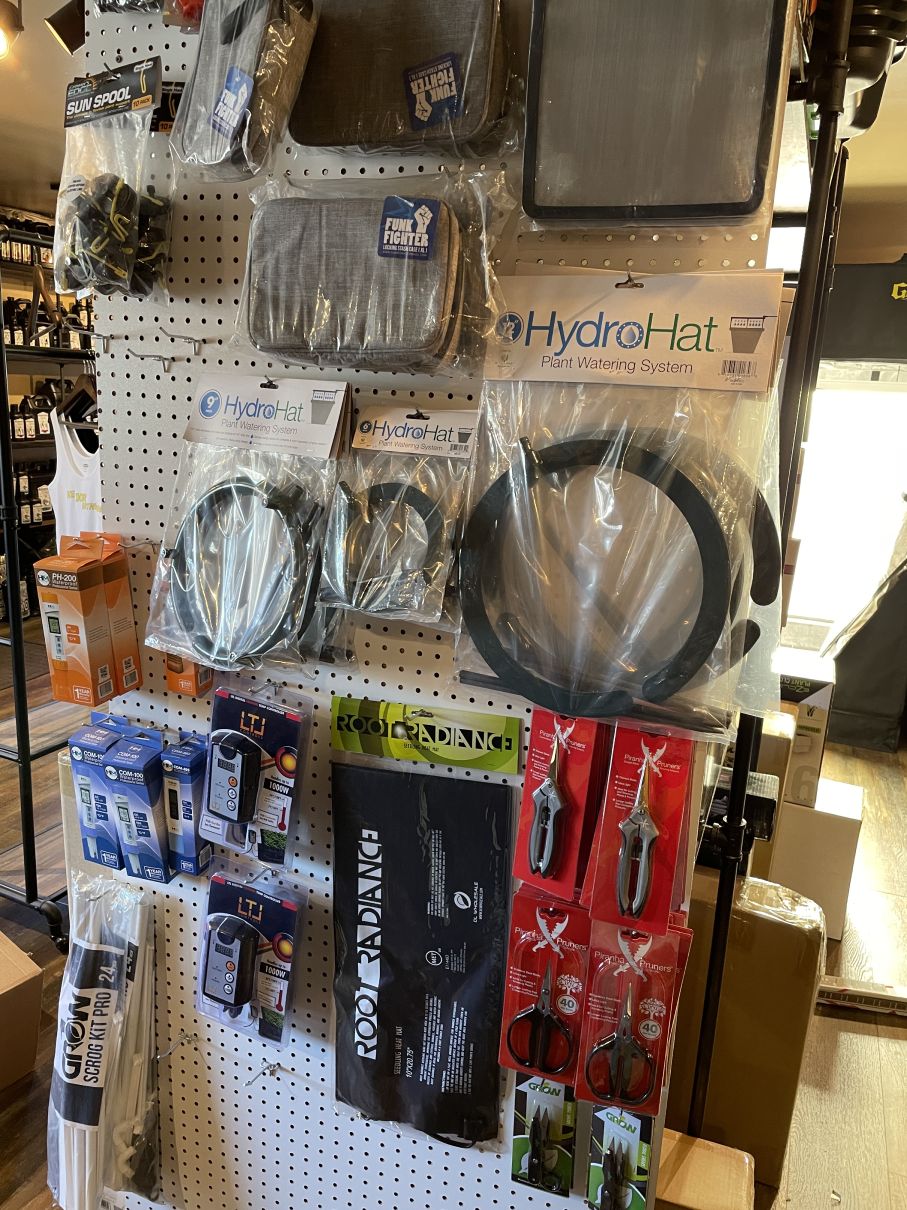The Ultimate Overview to Hydroponic Solutions and Techniques
On the planet of modern agriculture, hydroponic systems have arised as a cutting-edge approach for cultivating plants without soil. The careful balance of water, nutrients, and light in hydroponic arrangements offers an encouraging choice to standard farming practices. As we reveal the details of hydroponics in this thorough overview, we will certainly navigate through the different sorts of systems, check out the necessary nutrients crucial for plant development, and look into advanced techniques that can substantially boost returns. What takes place when usual problems develop in hydroponic systems? Keep tuned to unwind the troubleshooting approaches that can make or break a successful harvest.
Benefits of Hydroponic Systems
Hydroponic systems provide a multitude of advantages, including efficient source application and accurate nutrient distribution to plants. By offering a regulated setting for plant development, hydroponic systems enable optimal water and nutrient usage, bring about higher yields contrasted to conventional soil-based growing. This effectiveness not just saves sources however also decreases waste, making hydroponic systems eco-friendly.
Furthermore, the accurate distribution of nutrients in hydroponic systems enables for modification based on the particular requirements of each plant variety. This targeted strategy makes sure that plants obtain the appropriate equilibrium of vital nutrients, promoting much healthier development and minimizing the risk of nutrient deficiencies or imbalances. Furthermore, the ability to change and check nutrient levels in real-time maximizes plant productivity and overall plant quality.
In addition, hydroponic systems eliminate the need for herbicides and chemicals, as the closed-loop system decreases the risk of bugs and conditions that are typically found in soil-based farming - The Indoor Earthworm. This not just benefits the plants and the setting yet also contributes to producing cleaner, much healthier plants for intake
Sorts Of Hydroponic Setups

Deep Water Society (DWC) involves putting on hold plant origins in a nutrient service, enabling sufficient oxygenation. Nutrient Film Method (NFT) uses a shallow stream of nutrient option moving over the plant roots, providing a consistent supply of nutrients. Ups and downs systems flood the plant origins at intervals, ensuring they get nutrients and oxygen. Drip systems involve trickling a nutrient remedy onto the plant origins, using exact control over feeding. Aeroponics hazes the plant roots with a nutrient service, making the most of oxygen absorption.
Each kind of hydroponic setup has its benefits and is suited to different plant selections and development phases. Understanding the unique functions of these systems can aid hydroponic growers pick the most ideal setup for their details needs and choices.
Crucial Nutrients for Hydroponics
In hydroponic systems, plants count on an accurate balance of important nutrients to grow and grow successfully. These important nutrients are important for various plant functions such as photosynthesis, origin advancement, and total development. The key macronutrients needed by plants in hydroponic systems are phosphorus, potassium, and nitrogen. Nitrogen is necessary for leafed environment-friendly growth, phosphorus aids in root growth and flower/fruit production, while potassium assists in overall plant health and illness resistance.
Along with macronutrients, plants also need secondary nutrients like magnesium, calcium, and sulfur, in addition to trace elements such as iron, copper, zinc, and manganese (The Indoor Earthworm). These nutrients look here are vital for making sure that plants have all the necessary foundation to carry out vital organic procedures

Advanced Techniques for Maximum Yield
To accomplish optimum returns in hydroponic systems, cultivators can execute advanced methods that improve plant development and productivity. Additionally, employing techniques like plant training and pruning can help optimize light distribution and airflow, guaranteeing that all components of the plant receive sufficient light and nutrients. Using automated systems for nutrient delivery and monitoring can assist maintain ideal nutrient degrees, reducing the danger of deficiencies or imbalances that can impede plant development.
Troubleshooting Common Hydroponic Issues
When encountered with obstacles in hydroponic systems, growers often experience typical problems that can prevent plant development and efficiency. One prevalent problem is vitamins and mineral deficiencies, where plants do not have necessary elements for healthy development. To fight this, routine surveillance of nutrient levels and readjusting the nutrient option appropriately is important. One more common concern is pH inequality, which can lead to nutrient lockout and poor absorption. Maintaining the right pH array specific to the plant being grown is important for optimal nutrient uptake. Additionally, insufficient oxygen levels in the root zone can cause origin rot and stunted development. Ensuring appropriate oygenation and oxygenation of the nutrient option can assist prevent this problem. Parasite problems, such as aphids or crawler termites, can also torment hydroponic systems. Executing incorporated insect monitoring methods and frequently inspecting plants can assist regulate and stop problems. By immediately identifying and resolving these common hydroponic concerns, cultivators can maintain healthy plants and take full advantage go to this site of returns in their hydroponic systems.
Conclusion
In conclusion, hydroponic systems use various advantages for expanding plants successfully. With cautious preparation and attention to detail, hydroponic systems can reinvent the way plants are cultivated, leading to even more effective and lasting farming methods.
By providing a controlled setting for plant development, hydroponic systems make it possible for ideal water and nutrient usage, leading to greater returns compared to conventional soil-based cultivation. The Indoor Earthworm. Nutrient Movie Strategy (NFT) utilizes a superficial stream of nutrient service streaming over the plant origins, providing a continuous supply of nutrients. Surveillance and adjusting nutrient degrees based on plant growth stages is important to stopping nutrition deficiencies or toxicities and making best use of plant efficiency in hydroponic systems
Additionally, employing methods like plant training and trimming can aid enhance light distribution and airflow, guaranteeing that all parts of the plant receive appropriate light and nutrients. Making use of automated systems for nutrient delivery and surveillance can assist keep optimal nutrient levels, minimizing the risk of deficiencies or discrepancies that Website can prevent plant development.